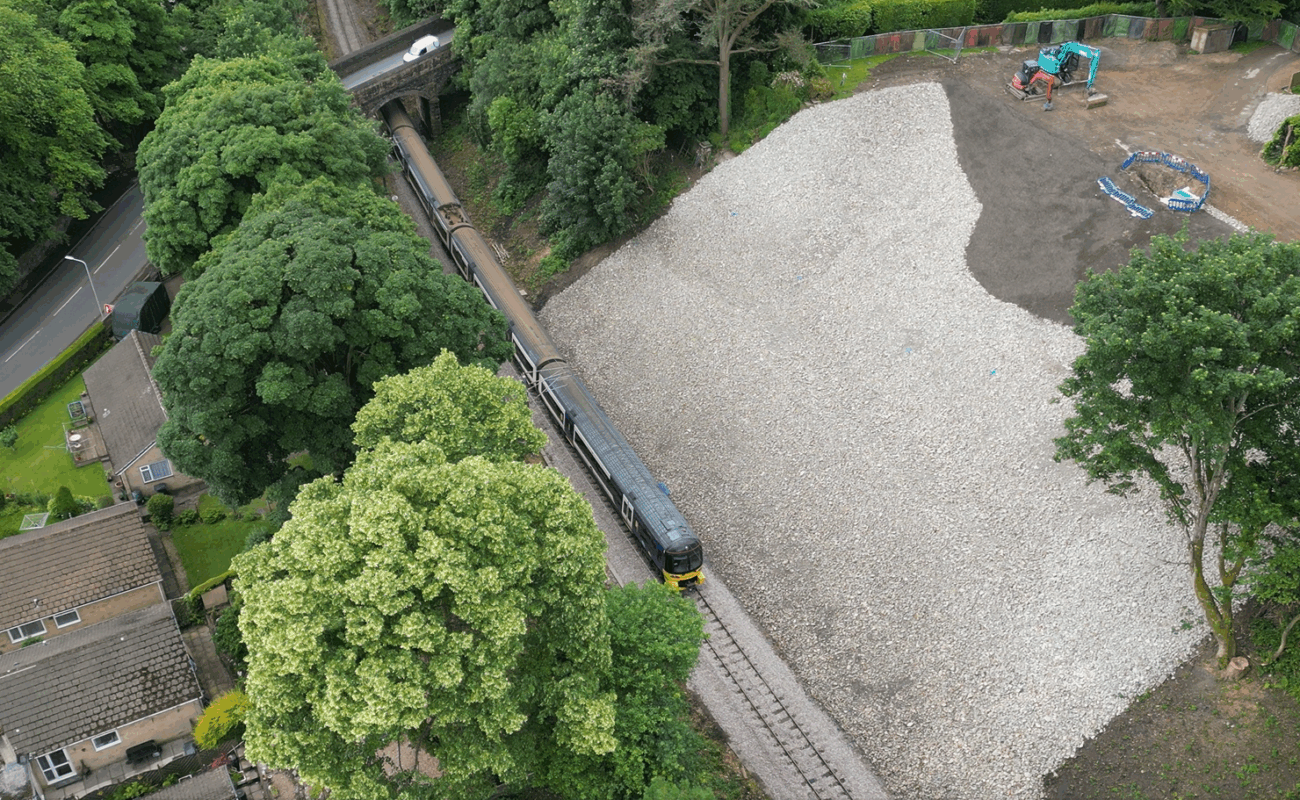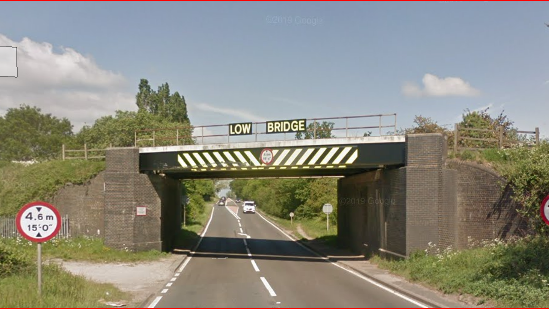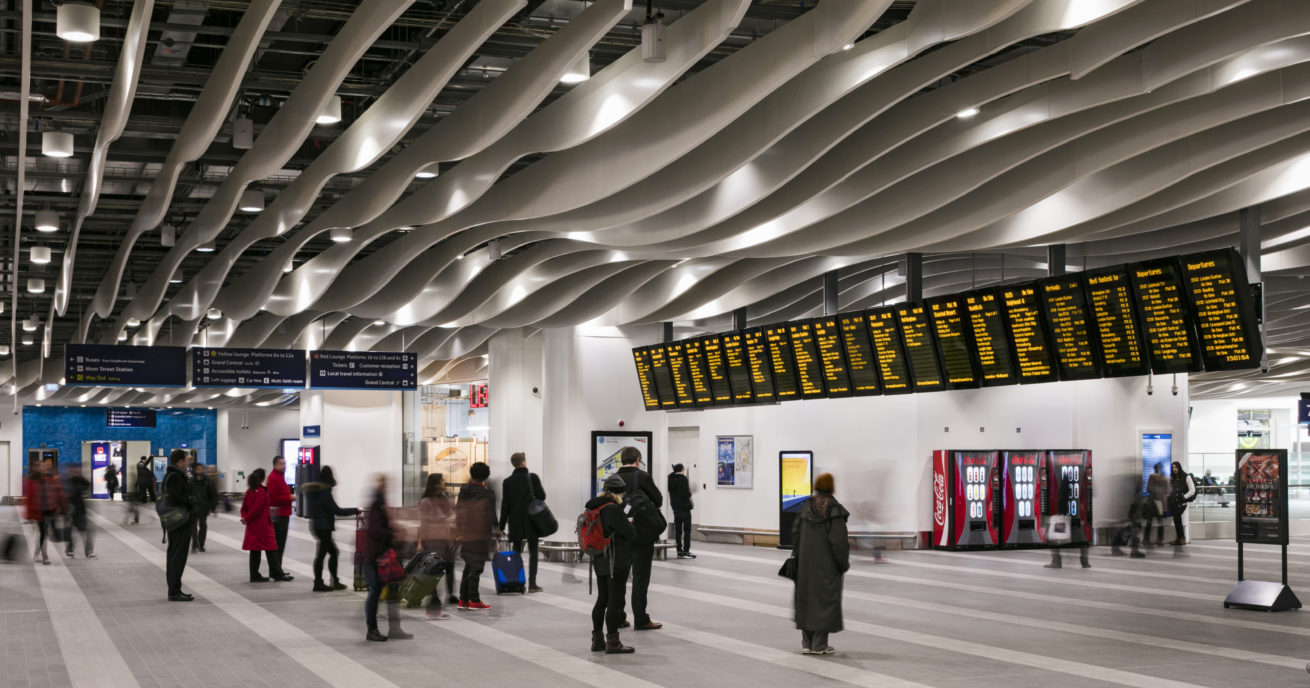We’ve signed a deal with the weather body Met Office to help drive forward research into weather and how it affects the railway.
The special agreement, known as a memorandum of understanding, will cut the time needed to organise research from months to days. This in turn will help us speed up the vital work we do together do to keep you moving through extreme weather.
This includes work on probabilistic weather forecasting, which means telling our colleagues the chance of rain in a given area, rather than saying it definitely will rain, or worse, it definitely won’t.
It will also help us understand the complex links between earthwork failures and rainfall, antecedent soil wetness and geology.
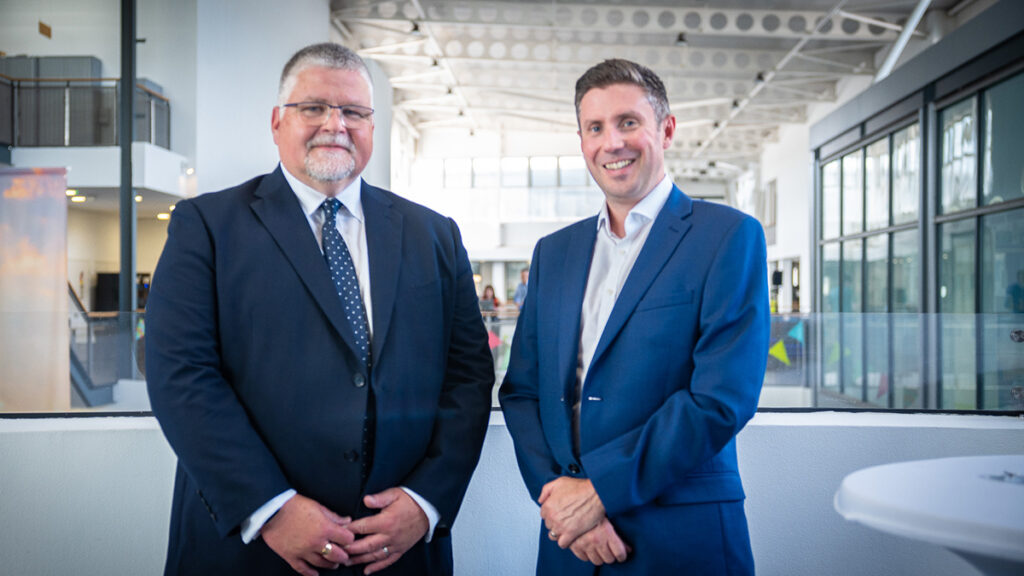
Rail Minister Lord Peter Hendy said: “Our railways are the backbone of Britain’s economy, connecting communities and businesses across the country, and supporting the daily trips that keep the nation moving.
“Extreme weather shouldn’t impact people’s journeys or disrupt the reliable service passengers depend on and expect, especially when every delayed journey affects people getting to work, visiting family, or accessing vital services.
“This partnership between Network Rail and the Met Office is a game changer and represents exactly the kind of innovative collaboration we need to build a more resilient railway for the future. By combining world-class weather expertise with cutting-edge rail engineering, we’re investing in smarter solutions that will keep Britain moving, whatever the weather throws at us.”
Lisa Angus, industry weather response director at Network Rail, said: “Extreme weather is one of the biggest challenges facing the railway and one of the major causes of delays to passengers and freight. Science plays a significant role in our response, in particular, using the vast amount of data and data processing capacity the Met Office has.
“For example, we are one of the world leaders in understanding the links between rainfall and earthworks, from soil types to rain intensity, and that is thanks to our partnership with the researchers at the Met Office. This [memorandum of understanding] will only help us increase our working together and provide a better deal for passengers – and taxpayers.”
Steven Calder, director of government and industry relationships at Met Office, said: “It’s great to deepen our relationship with Network Rail for the benefit of passengers. It’s only by working together that we can address some of the biggest challenges, and, powered by our weather and climate intelligence, we’ll help give Network Rail the tools, knowledge and expertise it needs to plan effectively for the future.”
Up until now, we had an ongoing commercial relationship despite both being Government bodies. This agreement allows us to speed up the process of working together, whether to share data, or develop innovative science and research.
The partnership will also help train controllers make decisions on when it’s safe to run trains and how fast.
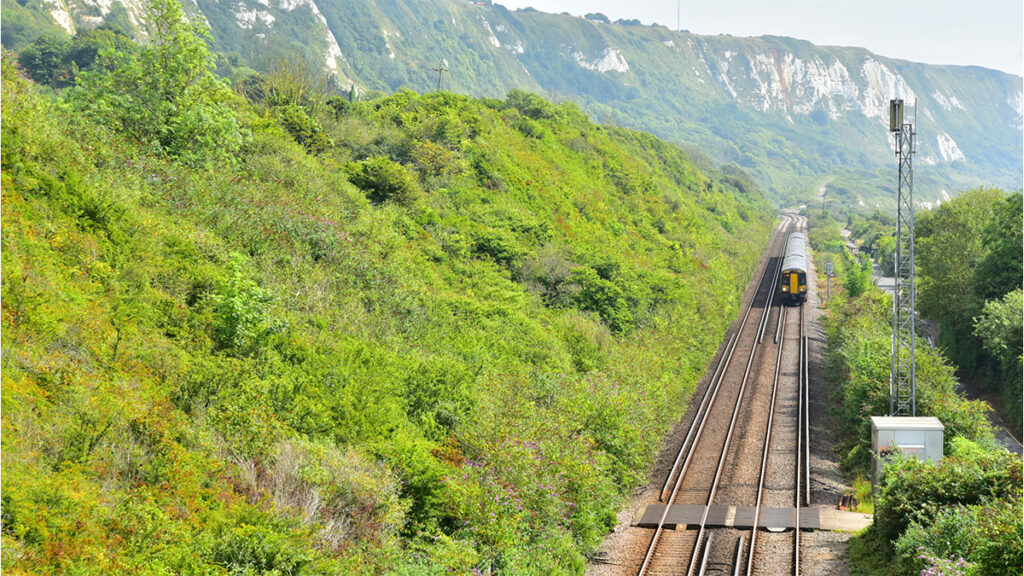
Russell Shanley, head of programme management for the weather team at Network Rail, said: “Making decisions on when to run trains through storms and how fast to run them is a huge responsibility for our controllers and we need to give them the best information possible to make those calls.
“Currently, we understandably err on the side of caution and either slow trains down or stop them altogether, when it might be possible to keep things moving safely if we had the right data to drive that decision. This [memorandum of understanding] will take us another step forward in that research and the drive to keep people moving safely.”
Meanwhile, weather services provider MetDesk will continue to give us day-to-day weather forecasts. These drive our day-to-day operational decisions, including the fire risk for each day, and the convective alerting tool, which helps us manage the risks caused by heavy rain.
You can find more information on our climate change work here.
And find out more about Met Office’s work with the rail sector.
